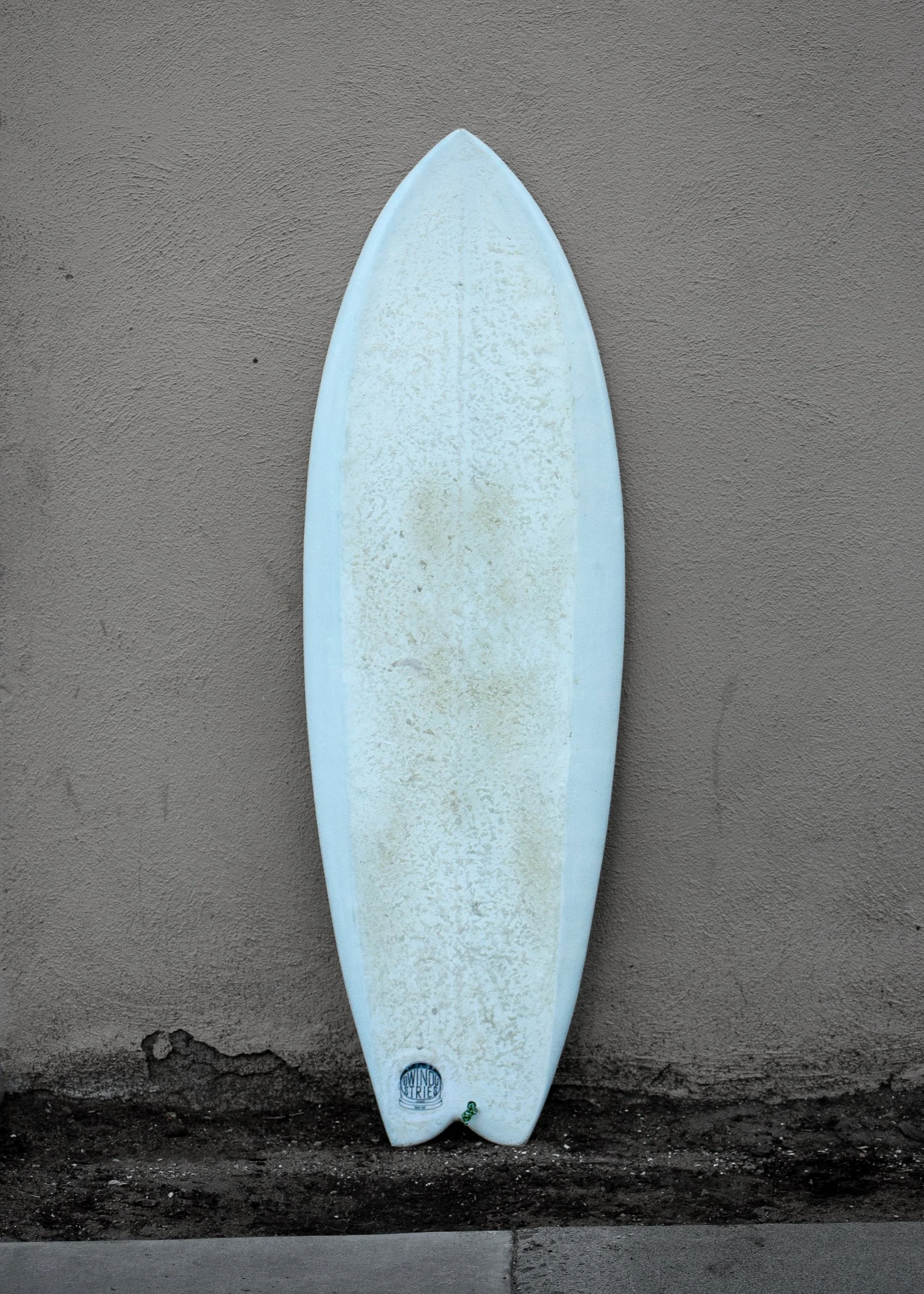
Surfboards are the intersection of utility and craftsmanship. Though a tool in the shed, a board in the quiver, a board can serve as a piece of functional art. That’s what drew me to shape these boards—a piece in which I can showcase my workmanship, but also use in sport.
As I was surfing more, in variable conditions, there were gaps between the boards I could grab to surf these waves. I wanted to have something for days where the waves were slower and smaller, something that I could enjoy long easy rides with and something that I could skill maneuver and have fun on. Thus, a 5’8” fish and an 8’0” cruiser.
Shaping
Typically, a board is shaped by power planing a '“blank,” a rough cut piece of foam with a pre-glued wooden stringer in the middle. Foam shavings are discarded into the air as the planer mows through the blank, yielding the process to be wasteful, messy, and hazardous to breathe.
Not here. Rules were meant to be broken—and when it comes to building, you can make your own rules. Truly starting from scratch, I began with a foam billet of extruded polystyrene, laser cut templates and jigs, and got to hot wiring. This method made for clean and easy foam removal.
Once I got the rough shape of the profile, rocker, and rails, I put in a basswood stiffening stringer. I routed in FCS II fin boxes, and trimmed and sanded down the foam until it was ready for glassing.
Glassing
For ply schedule, I erred on the heavier side using 4oz glass for both the short and long boards, putting two layers on both top and bottom, and an additional third reinforcement deck patch on the longboard deck. I was inspired to do a bottom side tint scheme for the fish to give it some personality.






















